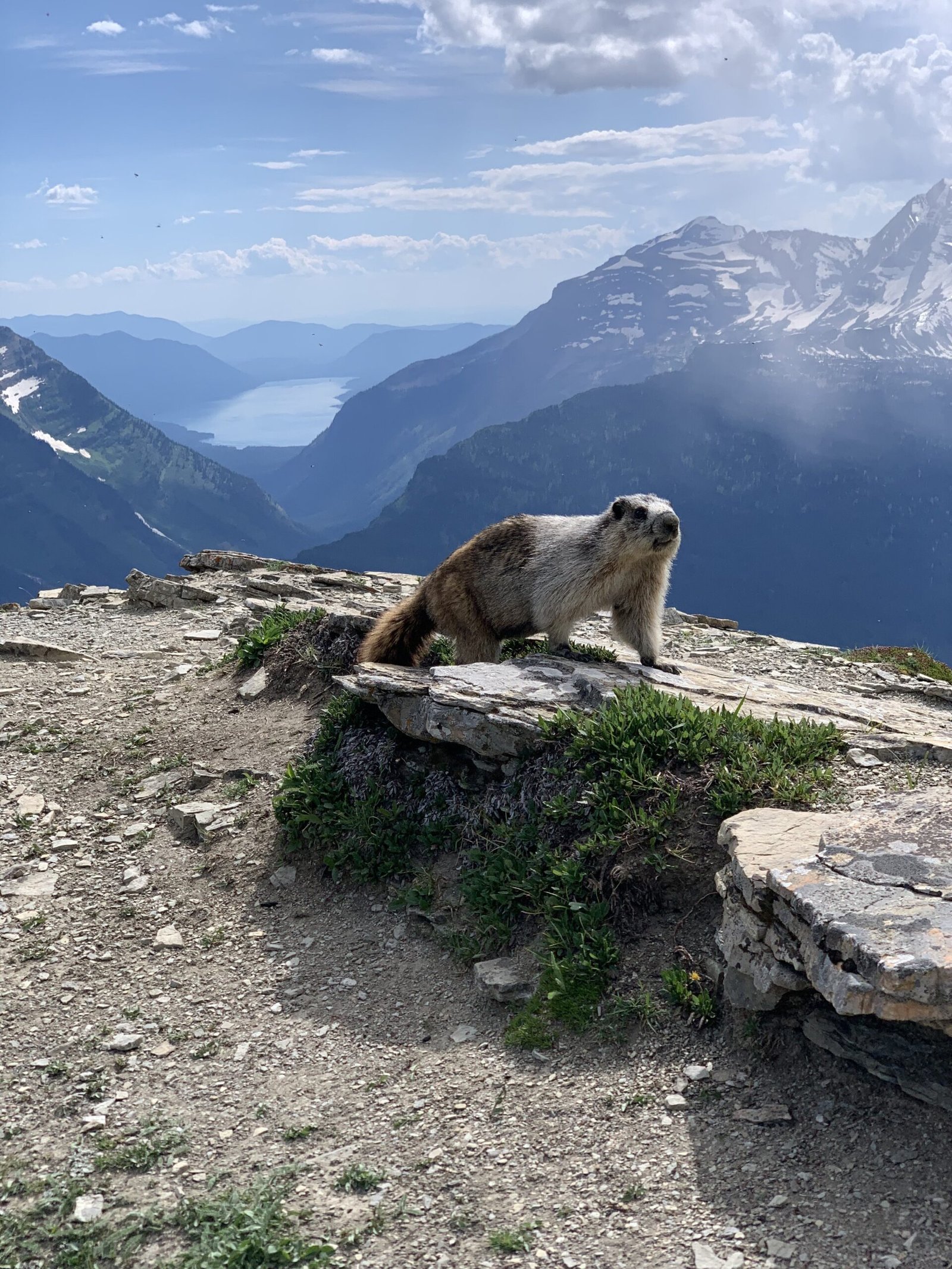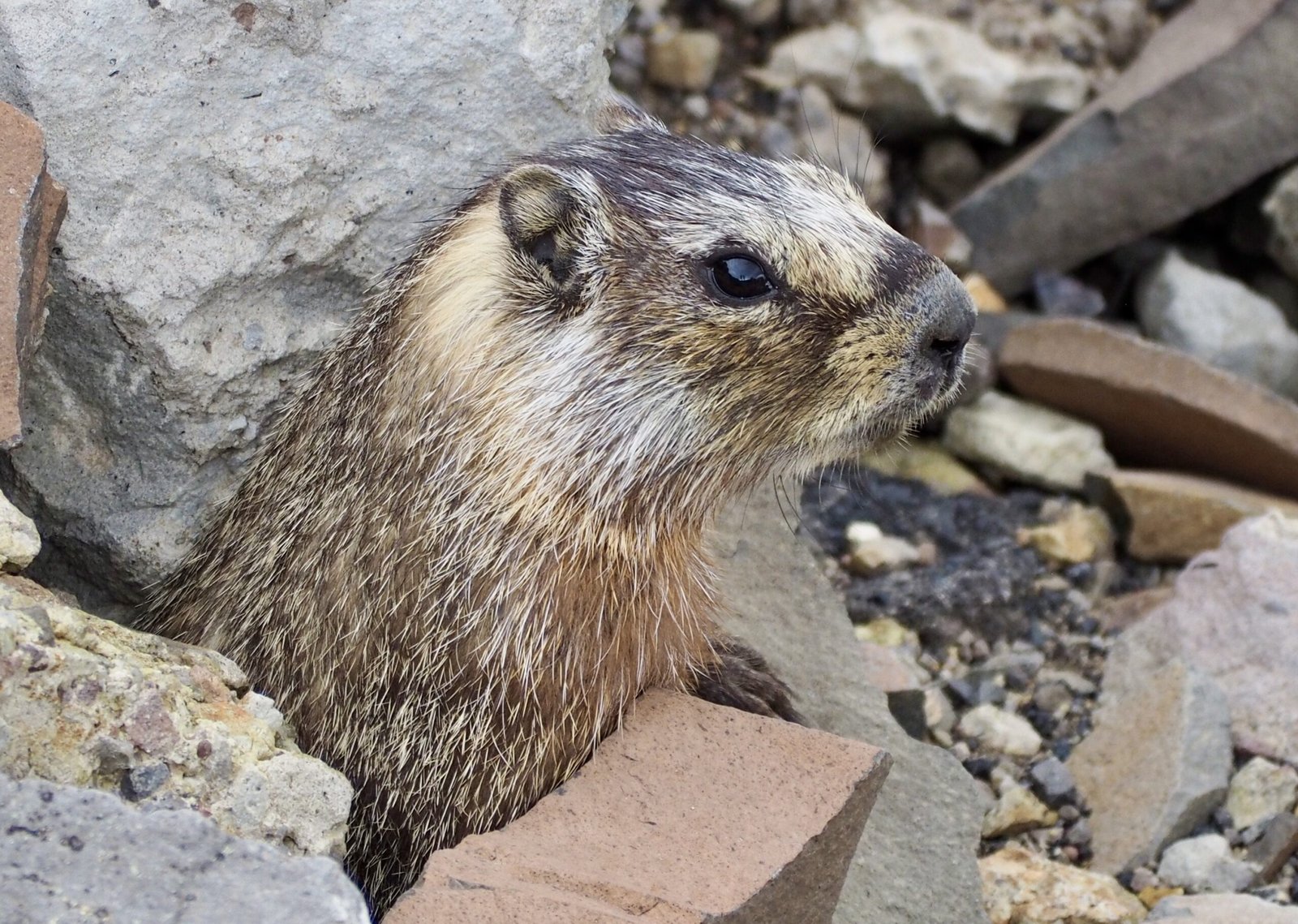Theodore Roosevelt’s role in the conservation of Glacier National Park, while not direct, was pivotal in setting the stage for its establishment. His conservation policies, creation of the U.S. Forest Service, and signing of the Antiquities Act laid the groundwork for the park’s eventual designation. Roosevelt’s presidency saw a surge in conservation efforts, influencing public perception and legislative actions that would lead to the park’s creation in 1910, shortly after his term ended.
What Were Roosevelt’s Key Conservation Policies?

Roosevelt’s presidency marked a turning point in American conservation efforts. His policies set the stage for the protection of numerous natural areas, including what would become Glacier National Park:
- Antiquities Act of 1906
- Creation of the U.S. Forest Service in 1905
- Establishment of 150 national forests
- Promotion of the conservation ethic
These policies collectively created a framework for preserving America’s natural wonders and resources, which would later benefit Glacier National Park.
How Did Roosevelt’s Actions Influence Glacier National Park’s Establishment?

While Roosevelt didn’t directly establish Glacier National Park, his actions had a significant impact:
- Public Awareness: Roosevelt’s speeches and writings raised public consciousness about the importance of preserving natural landscapes.
- Legislative Groundwork: His conservation policies paved the way for future park designations.
- Forest Service Management: The U.S. Forest Service, created under Roosevelt, played a crucial role in managing lands that would later become part of the park.
The campaign to establish Glacier National Park gained momentum during Roosevelt’s presidency, culminating in its official designation in 1910 under President Taft.
What Was the Timeline of Glacier National Park’s Creation?
| Year | Event |
|---|---|
| 1901 | Roosevelt becomes President |
| 1905 | U.S. Forest Service established |
| 1906 | Antiquities Act signed |
| 1909 | Roosevelt leaves office |
| 1910 | Glacier National Park established |
This timeline illustrates how Roosevelt’s actions during his presidency set the stage for the park’s creation shortly after his term ended.
How Does Roosevelt’s Legacy Continue to Impact Glacier National Park?
Roosevelt’s conservation philosophy continues to influence the management and preservation of Glacier National Park in several ways:
- Protected Area System: The park is part of a larger network of protected areas that Roosevelt’s policies helped establish.
- International Recognition: Glacier National Park is now a UNESCO World Heritage Site and part of the Waterton-Glacier International Peace Park.
- Ongoing Conservation Efforts: The park’s management continues to reflect Roosevelt’s emphasis on preserving natural resources for future generations.
What Are Some Lesser-Known Facts About Roosevelt’s Influence on Glacier National Park?
-
Indigenous Stewardship: While Roosevelt’s conservation efforts often overlooked Indigenous voices, modern management of Glacier National Park increasingly incorporates Indigenous perspectives and practices.
-
Scientific Research: Roosevelt’s emphasis on scientific management of natural resources laid the groundwork for ongoing research in the park.
-
Public-Private Partnerships: The model of cooperation between government and private entities in conservation, which Roosevelt promoted, continues to benefit the park today.
How Did Roosevelt’s Policies Shape the Future of National Parks?
Roosevelt’s conservation policies had far-reaching effects on the National Park System:
- Expansion of Protected Areas: His actions led to a significant increase in federally protected lands.
- Public Land Management Model: The U.S. Forest Service became a model for managing public lands.
- Conservation Education: Roosevelt’s advocacy helped educate the public about the importance of conservation.
These policies created a foundation for the growth and development of the National Park System, including Glacier National Park.
What Challenges Did Roosevelt Face in His Conservation Efforts?
Roosevelt’s conservation efforts were not without obstacles:
- Opposition from industrial interests
- Resistance to federal land management
- Limited understanding of ecological principles at the time
Despite these challenges, Roosevelt’s persistence in promoting conservation laid the groundwork for future environmental protection efforts, including the establishment of Glacier National Park.
How Does Glacier National Park Embody Roosevelt’s Conservation Philosophy?
Glacier National Park exemplifies several key aspects of Roosevelt’s conservation philosophy:
- Preservation of Natural Beauty: The park’s stunning landscapes reflect Roosevelt’s belief in preserving America’s natural wonders.
- Scientific Value: The park serves as a living laboratory for ecological research, aligning with Roosevelt’s emphasis on scientific management.
- Public Access: The park’s accessibility to visitors embodies Roosevelt’s vision of conservation for public benefit.
These elements demonstrate how Glacier National Park, though established after Roosevelt’s presidency, embodies his conservation ideals.
In conclusion, while Theodore Roosevelt did not directly establish Glacier National Park, his conservation policies and advocacy played a crucial role in setting the stage for its creation and continue to influence its management today. His legacy in conservation extends far beyond the boundaries of any single park, shaping the entire American approach to preserving natural landscapes for future generations.